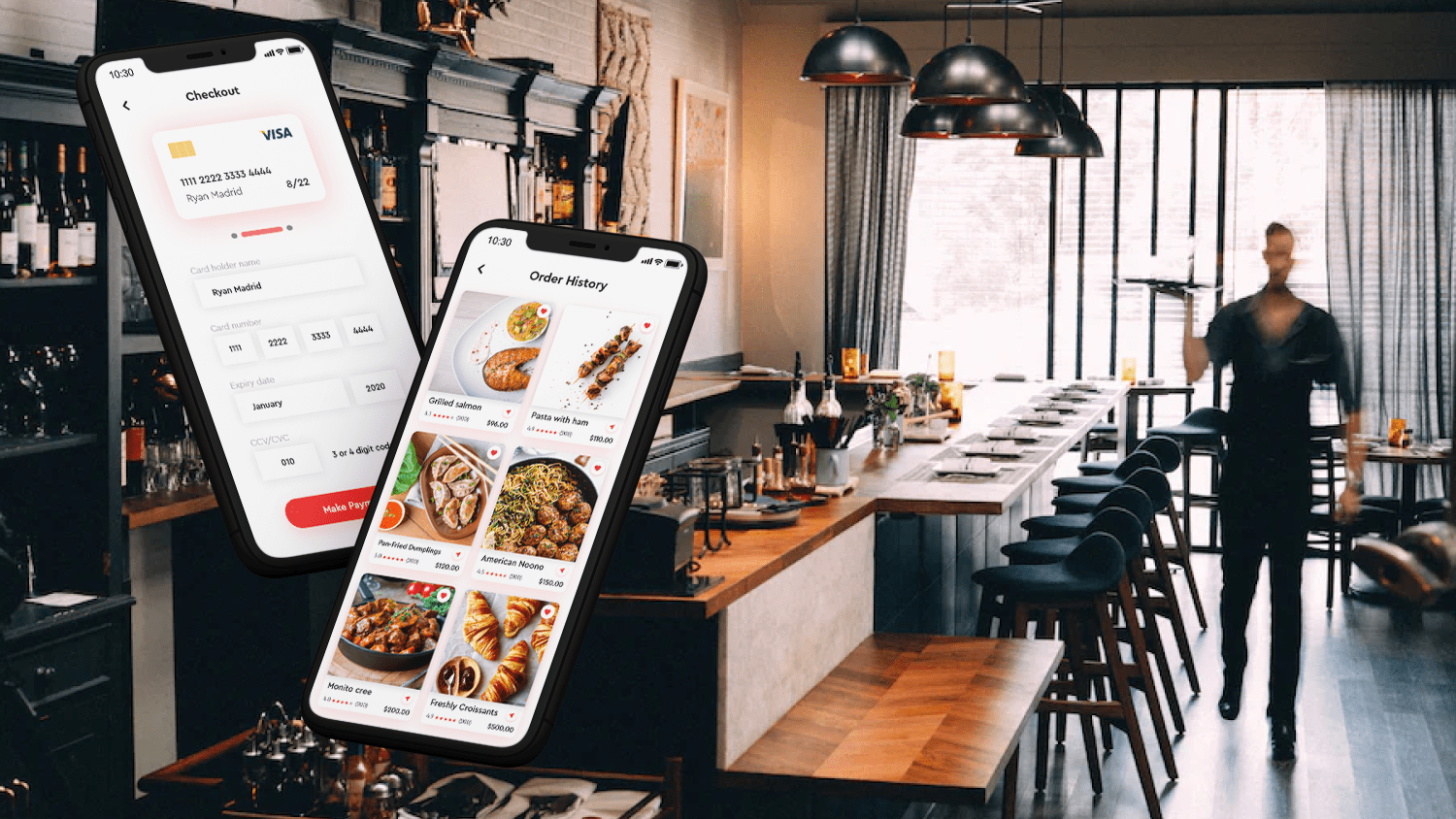
Think about what your opinion is based on when you rate cafes and restaurants. Food, of course. But apart from how satisfied your stomach is, you, obviously, pay attention to atmosphere and service quality.
Large or small, every restaurant aims at cultivating positive relationships with customers. Speed of delivery, internal communications, refund policy – each of these aspects has room for improvements. Luckily, there are tons of technological solutions that could help hone restaurant culture, apps being one of them.
What’s the value behind digital platforms that support restaurant communications? How to hire and manage restaurant app developers? What are the examples of efficient applications for restaurants? These and many more aspects are covered in the guide below.
5 reasons to develop an app for your restaurant, staff, and clients
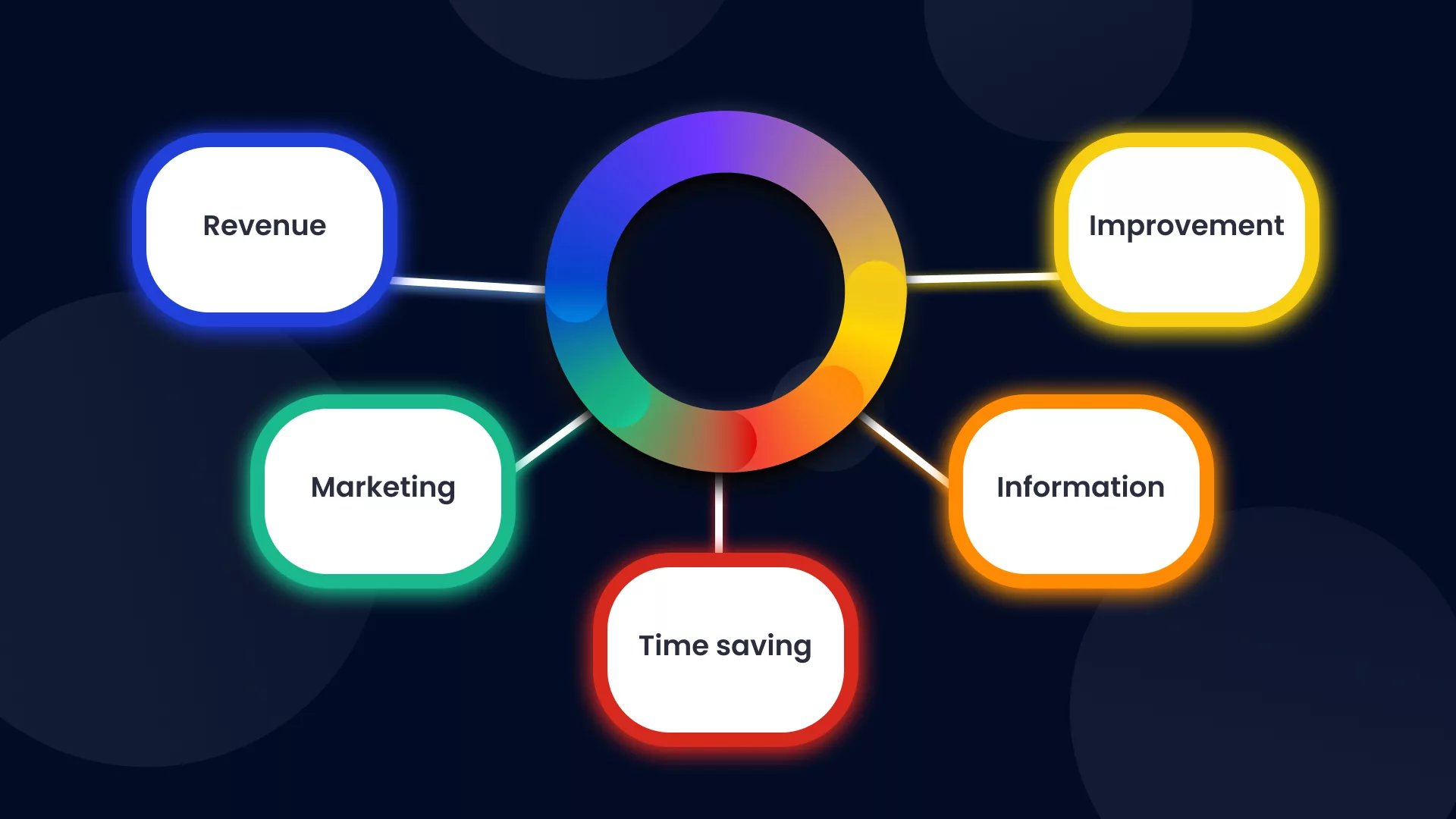
Clearly, whether you own a restaurant, work in it, or just visiting, a handy app tied to its services saves you much trouble. Depending on what areas of restaurant’s work require automation, you can focus on different competitive features. In other words, you decide what killing features will serve your staff and clients the best.
One way or another, there are 5 undeniable reasons why you should build your own restaurant app:
- It’s always about revenue. As a business, your restaurant is always fighting for financial gains. To grow revenue and stay afloat with your earnings, you should focus on the most promising ways to drive profits. In case of a restaurant, this might mean attract more and more visitors, expand bookings, improve service quality, or add delivery. It all depends on what your weak spots are. Lots of businesses choose to create mobile app for restaurant to hit one of such (or all) revenue targets. For instance, if you build a handy online platform where people can exchange their rates and opinions about your restaurant, you can attract a new stream of customers via referrals. Delivery service is another source of new orders, which works particularly well in the cold season of year. If you intend to create an app, it’s a good idea to run a survey with your target audience to see what attracts them the most.
- Magnify on your marketing efforts. There’s no better spot for granting promotions than an app. Use this simple but powerful instrument to reward your customers and encourage new visits. Whether it’s a loyalty program for regular clients, a referral campaign, or a giveaway, you can certainly use this to build some buzz.
- Save customers’ time. A restaurant where you can still hear “cash only” is clearly a kamikaze. To survive as a business, using direct deposit is a must. And with a restaurant app, you can go even further – accelerating payments for both in-house and delivery orders. All it takes is add an electronic wallet to your app, allowing customers to instantly pay for orders and tip. Less fuss, more time saved.
- An easy source of information. From happy hours to menu to special announcements, your app can be a rich source of information for new and regular customers. You can also integrate a comprehensive FAQ section with common question your clients keep asking.
- Learn, experiment, improve. Since most apps allow tracking in-app behaviors, you get a chance to better understand how customers treat your restaurant. Check out stats on orders, bring all rates into one, analyze comments – an app can be your most important growth catalyzer.
What functionality should your restaurant app have?
Let us guide you through the most important features that lie at the root of restaurant app development. You can use these as a skeleton and add certain functionality, based on your needs:
Ordering
To drive maximum profits, in-app ordering should be a powerhouse of your restaurant app. Adweek reports that 25% of smartphone owners have at least one restaurant app on their phones. One of the key reasons why people are opting for such apps is “ease of ordering.” Hence the answer to the question why subscription services are dominating global markets – people want an easy, uninterrupted access to goods and services. Make ordering easier via a restaurant app and see your revenue skyrocket.
Menu
According to Peerbits, a restaurant loses around 62% customers if it doesn’t provide capabilities for viewing the menu on mobile. Whether it’s a PDF built into your app or an interactive section with navigation, people should be able to see what’s on offer. To refine a customer’s journey, you can also add search functionality, allowing users to search for meals and dishes. Uber Eats is a good example to follow in this case:
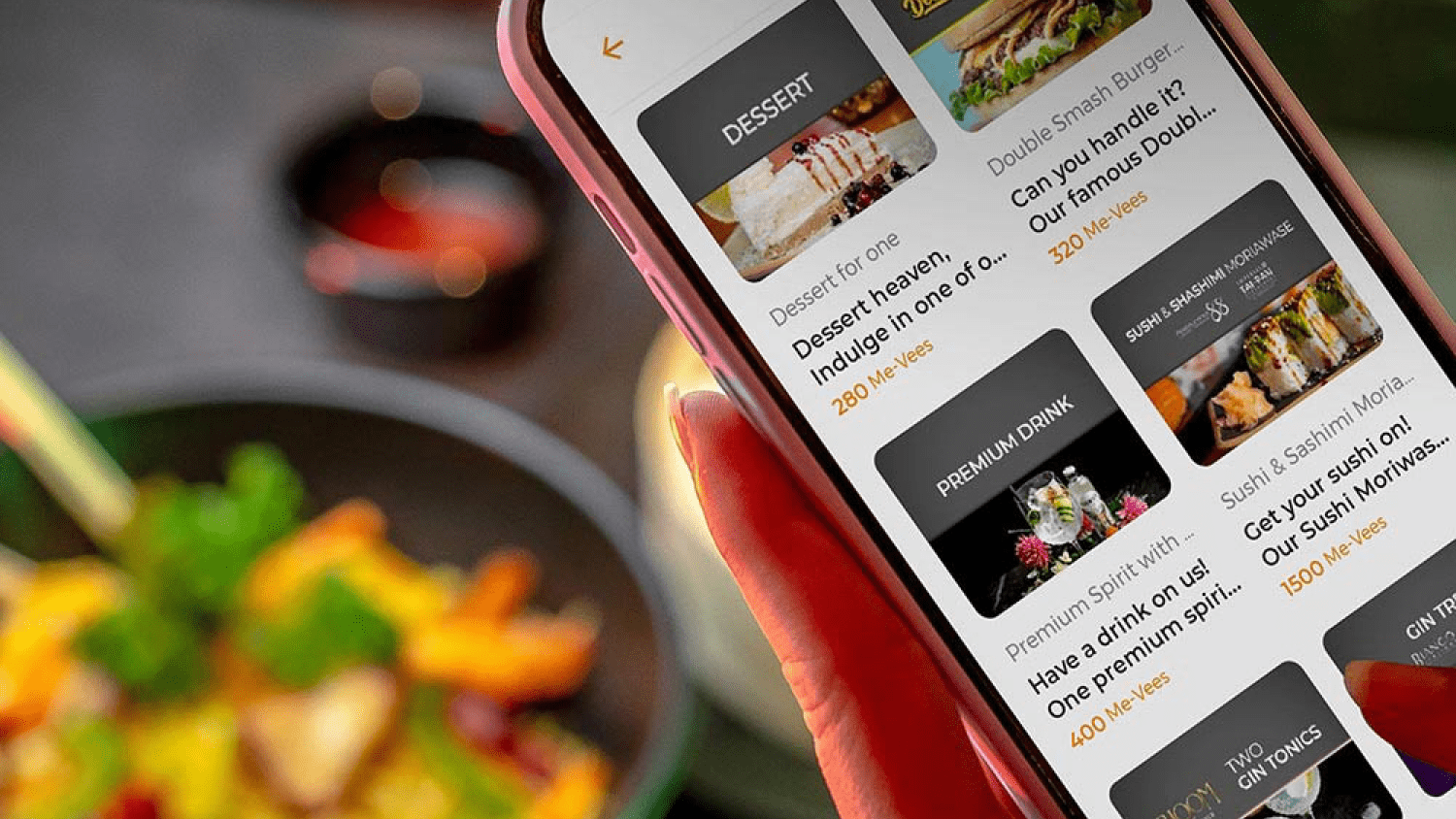
Pricing
And what’s the value of seeing menu items, if you don’t know the cost? Exactly, none. Make sure pricing is indicated in the menu, as well as allow a customer to see the full price of the order in cart.
Social
Foodstagramming is a perfect trend that a restaurant can leverage to drive engagement. Add social media integration to the app to promote and run quick sweepstakes – for instance, you can encourage customers to upload photos from your restaurant to win special discounts or enter a loyalty program.
Feedback
Feedback could be painful, especially for newbies that don’t really know how to interact with customers. But it’s your one and only path to perfection. Integrate feedback forms to your app and allow users to comment on service quality/food/delivery.
Payment
You can’t earn on delivery and pick-up services without a reliable in-app purchase system. Without making life complicated, integrate a payment feature that allows to pay for an order in one click. Below you can see a good example of such a section – a list of payment methods that a customer can easily customize:
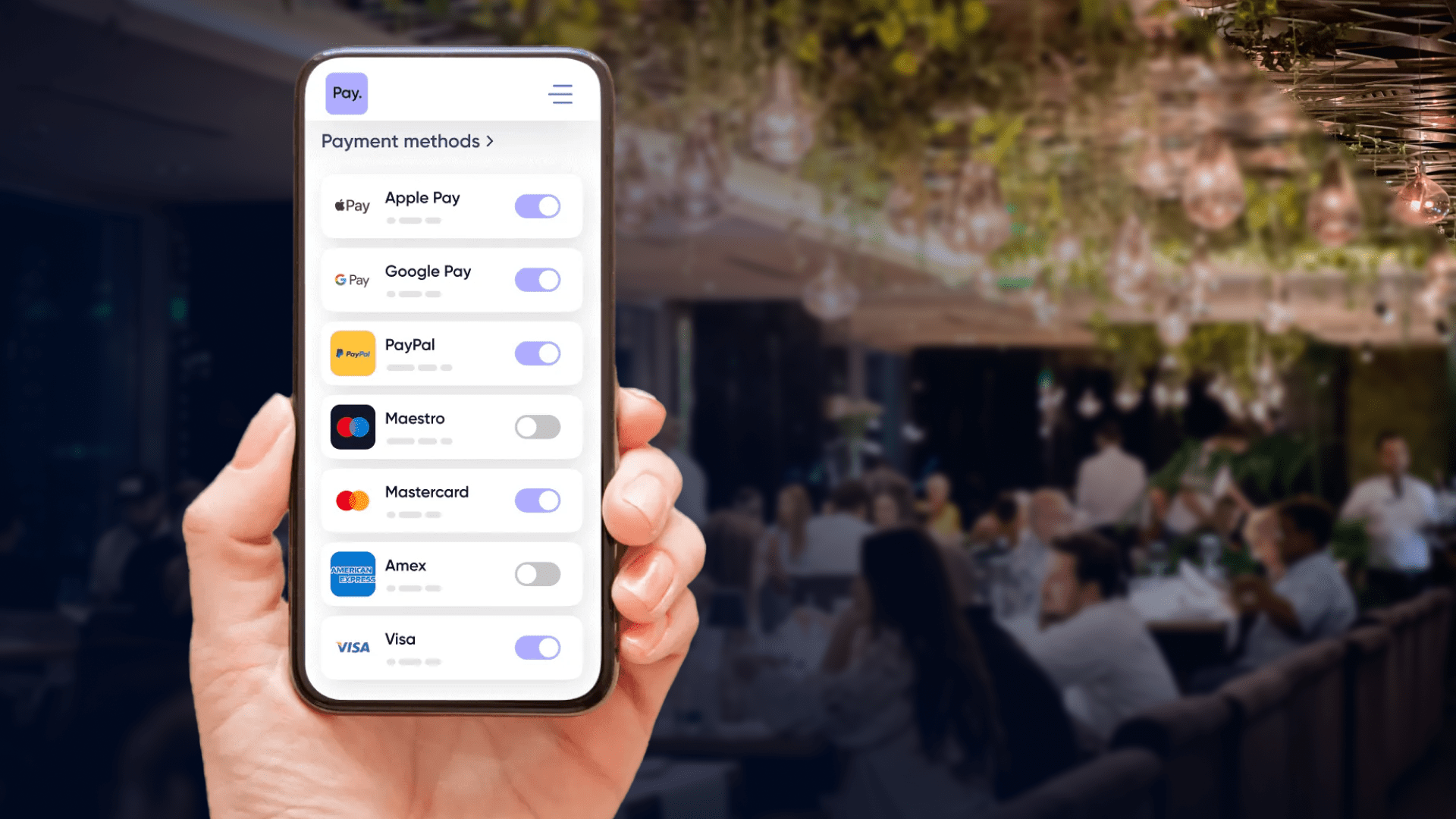
Delivery
Delivery functionality could be the sole reason why you should create restaurant app. With this service in place, your restaurant can serve more customers at the same time, providing convenient options for food ordering. The feature should integrate a few key elements:
- geographic coverage;
- delivery time;
- payment options;
- discounts on delivery and special offers.
Special offers
Although not a must-have, this feature has the power to boost restaurant sales substantially. It could be a section in the app where you list holiday discounts, sweepstake announcements, etc. Or, you could add your creative touch. Starbucks, for instance, has a separate Secret Menu app where customers can create their own recipes and track limited offers.
Notifications
Ensure your clients never miss an important message. Push notifications that pop up on the locked screen are the best way to assure this. Whether it’s a notification regarding an order or a loyalty program announcement, via this feature you stay connected to your customers – always.
How to develop your own restaurant app
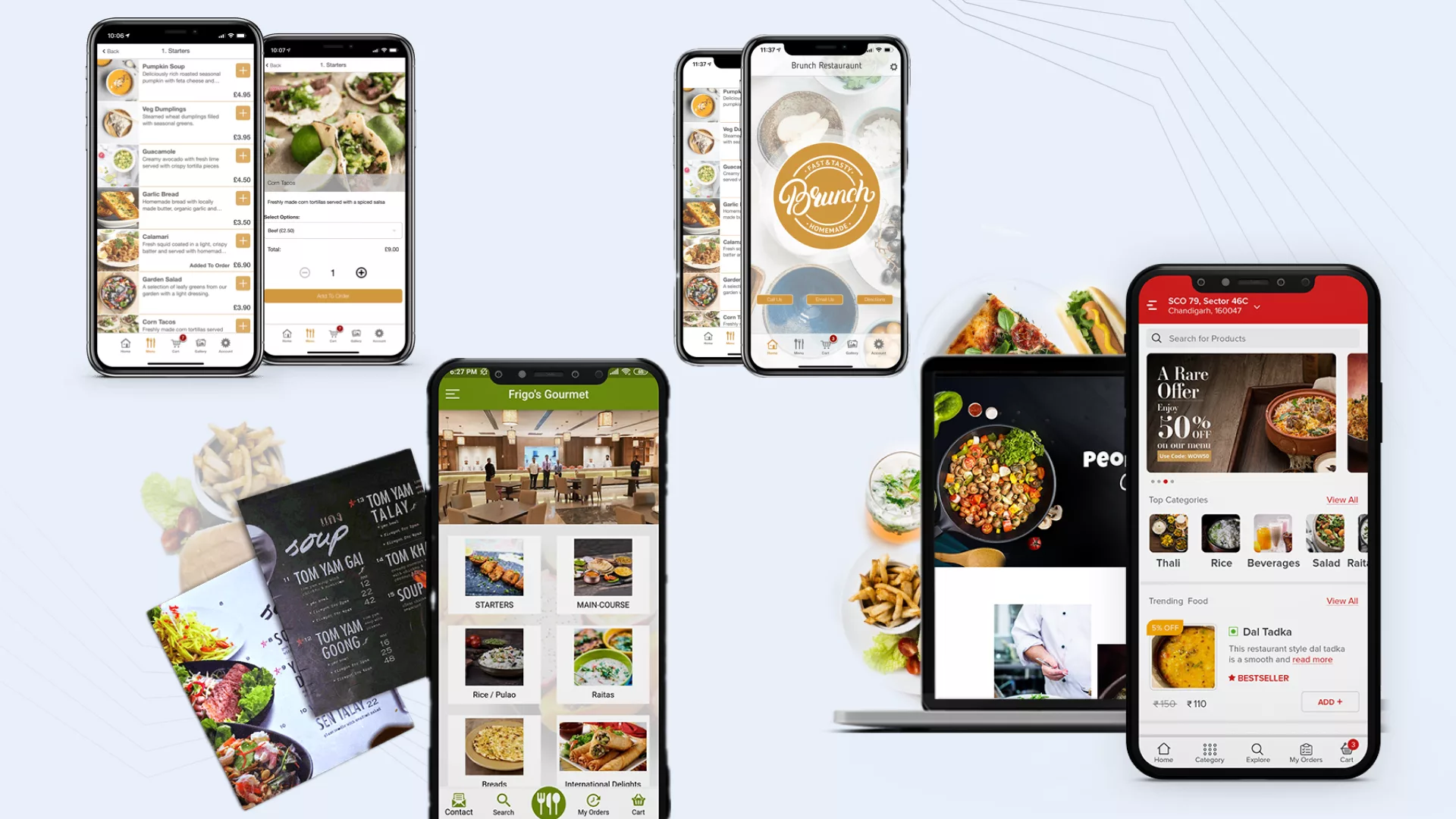
From geolocation settings to solid messaging functionality, a restaurant app integrates lots of sophisticated features. That’s why, we recommend to choose a company specialized in restaurant app development for the job. But before you dive into it, let’s weigh the pros and cons.
Pros and cons of developing an app for your restaurant
Let’s be honest, app development for restaurant is not always worth the effort – especially if you lack resources for building and maintaining a full-featured solution. Still, it entails a number of promising advantages for the growth of your business.
Pros
Here are the main benefits you gain through restaurant mobile app development:
- Brand image. You get more power in terms how you want to present a restaurant to the target audience.
- Improved operational processes. A restaurant app speeds up internal communications, as well as gives you instruments to better manage your workflow.
- Ease of development with a dedicated team. If you work with a coherent team of restaurant mobile app developers, it won’t take you much time to set up the whole process and receive expected results.
Cons
The market is really crowded. You’ll either have to compete against third-party aggregators and food delivery services or cooperate with them. The most prominent examples are Uber Eats and Open Table – handy, all-in-one solutions for restaurant booking and ordering. Because smartphones can fill up quickly if you install lots of apps, the users are quite picky. That’s why they might prefer ordering from different restaurants via Uber Eats or GrubHub rather than via a native app.
Success stories: Starbucks, Domino’s, SimpleOrder
To build a successful app for restaurant, you should have one clear goal. Why do you want your target audience to use the app? What’s the killing feature that will keep users hooked? Why is it better to order via your app than a third-party service?
Looking at the popular examples, there’s always one ultimate feature or tactic that a business is armed with while developing its native app.
According to the Manifest’s survey, Starbucks app occupies a leading position in terms of how many users engage in loyalty programs. As a company with recognizable brand identity, Starbucks app creators primarily focused on engagement and maintenance of customer loyalty. And they nailed it just perfectly. From personalized coffee playlists on Spotify to user recipes, in-app marketing is truly fascinating.
For Domino’s, mobile app is one of the key sources of orders. This is why, the UX is built around order customization and flexible payment flows – the features that are directed on driving sales.
Let’s review in a bit more detail how you create your own restaurant app, based on the user case of SimpleOrder.
How to simplify communications and workflow in a restaurant
No matter the size of an establishment, communications in every restaurant relate to several parties. These are usually administrators, servants, suppliers, customers, etc. Quite a lot for verbal agreements. Therefore it’s important to have a centralized system for governing a restaurant’s workflow.
There are many ways you can simplify operational processes through restaurant app development:
- A handy ordering system that’s integrated with kitchen’s displays.
- An individualized workflow plan for your staff.
- In-built analytics for better behavior tracking.
While developing SimpleOrder app, robust workflow management was the end goal.
About SimpleOrder
SimpleOrder is a mobile app for restaurants, cafes, and all types of food and beverage establishments. A winning solution for those who don’t want to compete with third-party delivery services, the app can be easily integrated into any kitchen.
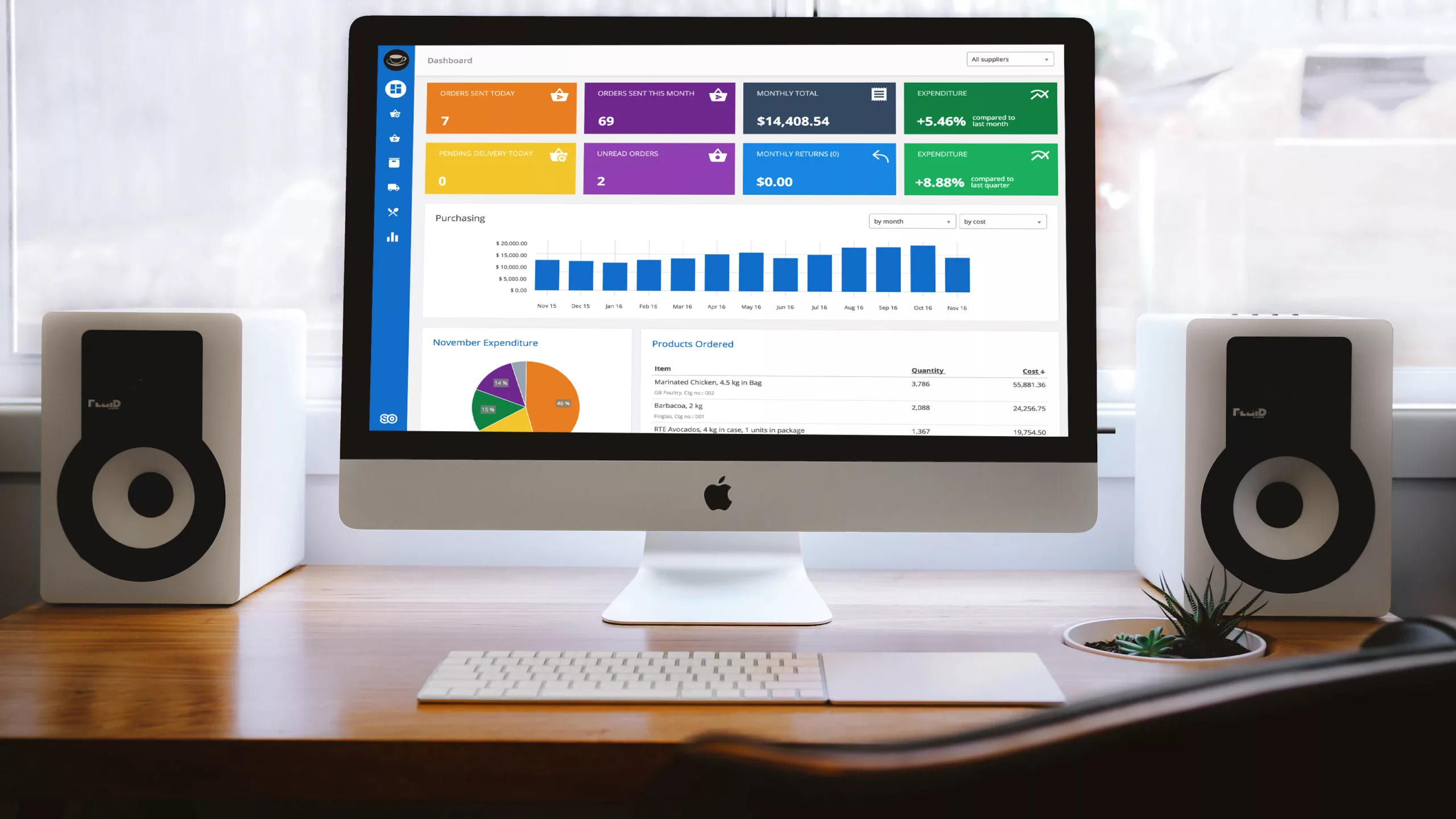
Basically, the app is a toolkit with all the instruments a restaurant needs – from inventory management to processing and exporting orders. For MWDN, SimpleOrder app was a challenging task that required relying on professional services of restaurant app development. Thanks to the unified expertise of a dedicated team, we managed to make a go of it.
The main features of SimpleOrder app
The key functionality of SimpleOrder app embraces the following:
- Ordering feature: Purchase, order, and interact with suppliers from one place.
- An easy-to-navigate menu: The whole staff has an easy access to an up-to-date menu.
- In-built analytics for profitability control: Track finances and plan for improvements, based on comprehensive stats that the app builds for you automatically.
- Inventory management: Have a full control over merchandise and storage.
- Virtual Point of Sale: Monitor and manage the cash flow.
- Integration with the accounting system: The development services for restaurant app would be useful without the capability to directly align workflow management with a restaurant’s own accounting infrastructure.
Cost of developing an app for a restaurant
The cost of developing a restaurant app depends on the features you want to integrate. For a basic application that has a booking system, a menu, restaurant infos, payment services, and push notifications, the cost of development starts from $15,000.
Why should you rely on a dedicated team of developers?
It’s way easier to predict how much restaurant app development will cost for you if you develop it via reliable outsource. What’s more, you get a team that most likely has expertise in the relevant field. Get started with MWDN – an outsource service provider that meets your expectations and makes accurate predictions for you.
